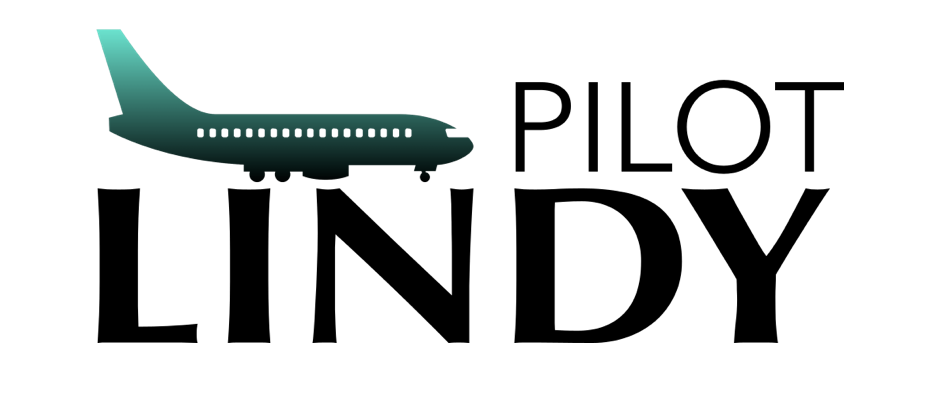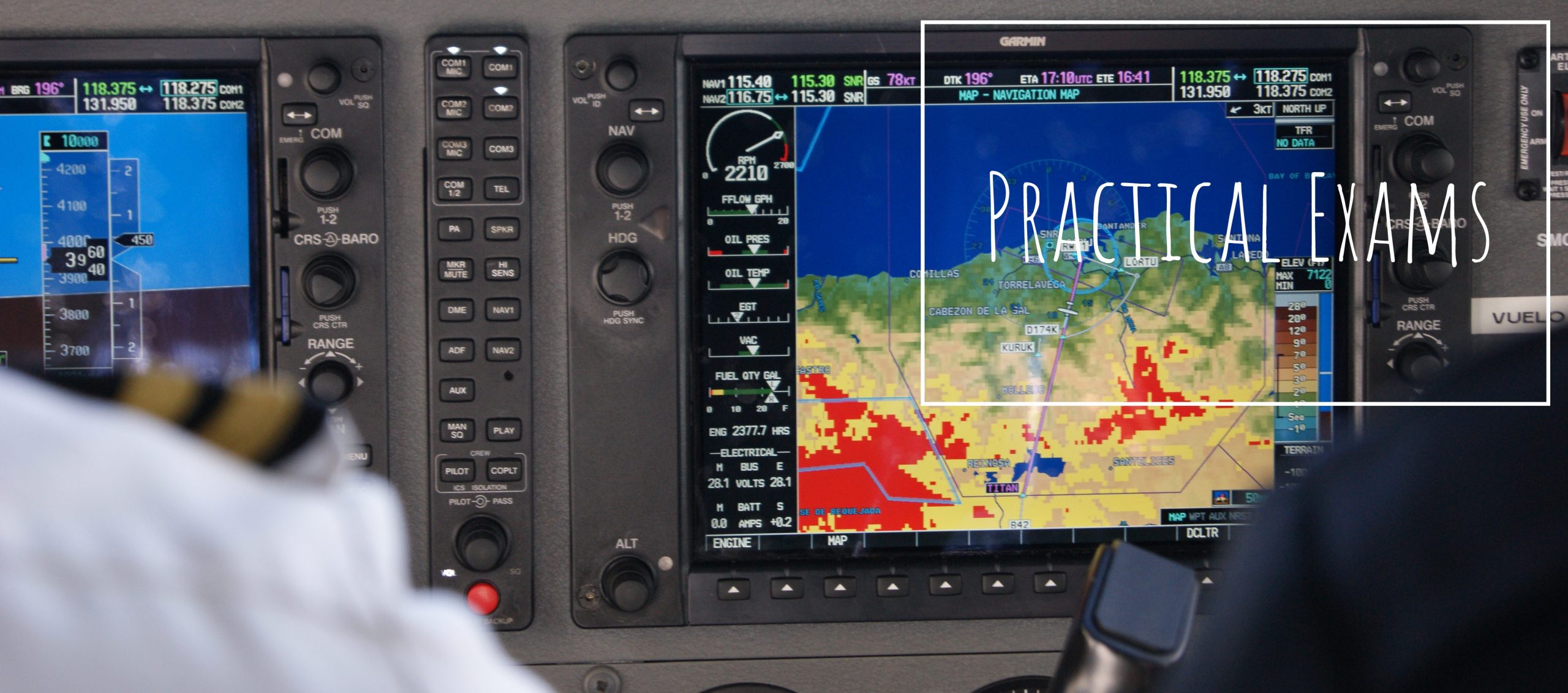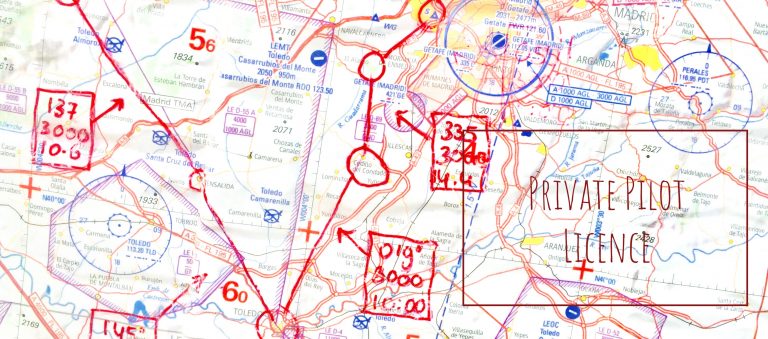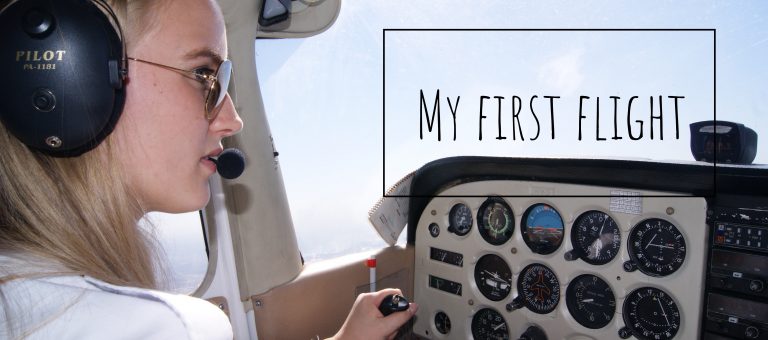After my first solo, I continued flying with instructors to learn how to navigate visually (VFR – Visual Flight Rules), to practice engine failures and advanced manoeuvres such as stalls and steep turns. When my knowledge and skills were good enough, I had my Private Pilot Licence (PPL) exam. I flew with an examiner and he let me do a visual navigation, do some simulated engine failures and show him some manoeuvres. I passed the exam and received my very first pilot licence. A very valuable step in my career as a pilot!
What then followed was 50 hours of solo flights, to various destinations within Spain, such as Cordoba, Sevilla, Salamanca and Valladolid. It was great to fly alone, getting to know the airplane better and better and to discover new airports!
After the 50 hours solo, I was ready to start with instrument navigation (IFR – Instrument Flight Rules). We started to practice IFR in a simulator that was very similar to the real aircraft, but there were no screens, so we had to trust our cockpit indications as we could not verify if we were flying correctly by looking outside.
I learned to intercept VOR radials, to fly DME arcs and holdings patterns and to make NDB, VOR and ILS approaches, all without being able to look outside. We had to trust our knowledge and skills and this was a really good practice.
When I understood all the IFR rules and procedures, I continued practicing IFR in the airplane. We flew to the nearest VOR station to practice interceptions and approaches, using various approach charts of different airports. Soon we actually made IFR flights to various airports, located farther away such as San Sebastian, Pamplona, Santander and Malaga. My first international flight was to Cascais, Portugal, which was an amazing flight as we could see Lisbon from the air!
One of my most memorable flights was the night flight. We took off from Cuatro Vientos during sunset and flew into the night towards Jerez in the south of Spain. We made a landing at night, refuelled and took off towards Sevilla, where we stayed the night in a hotel, in order to fly back the next day early morning. I really felt like a real pilot that day!
The last part of the preparation for my Commercial Pilot Licence (CPL) was to learn to fly the Cessna 172 RG, this plane has a Retractable landing gear, in comparison to the fixed landing gear of the Cessna’s that I used to fly. The Cessna 172 RG had not only a retractable gear, but also a propeller pitch control, which meant that for different phases of flight (take off, climb and cruise) we had to adjust the pitch of the propeller blades in order to fly most efficiently.
I remember that after only 6 hours of flying the RG, my instructor told me that I was ready for the CPL exam and he would schedule the exam for the day after. I hesitated and told him that I was supposed to do 10 hours on the RG before the exam. This was not a legal requirement, but it was written in my program and I was afraid that with just a bit more than half of the programmed hours, I would not be fully ready for the exam. He asked me: ‘Do you think that you can do it?‘ I did not really know what to say. He continued, ‘I know for sure that you are ready. I would not schedule your exam if I had the slightest doubt if you could do it!‘ Filled with happiness, I told him: ‘Okay, I am ready!’
The next day I had my CPL exam in the Cessna 172 RG. The exam consisted of some touch and go’s, engine failures, manoeuvres and my knowledge and skills were examined. I passed the CPL exam and from that moment onwards I was officially a Commercial Pilot!





Wow, that was great.